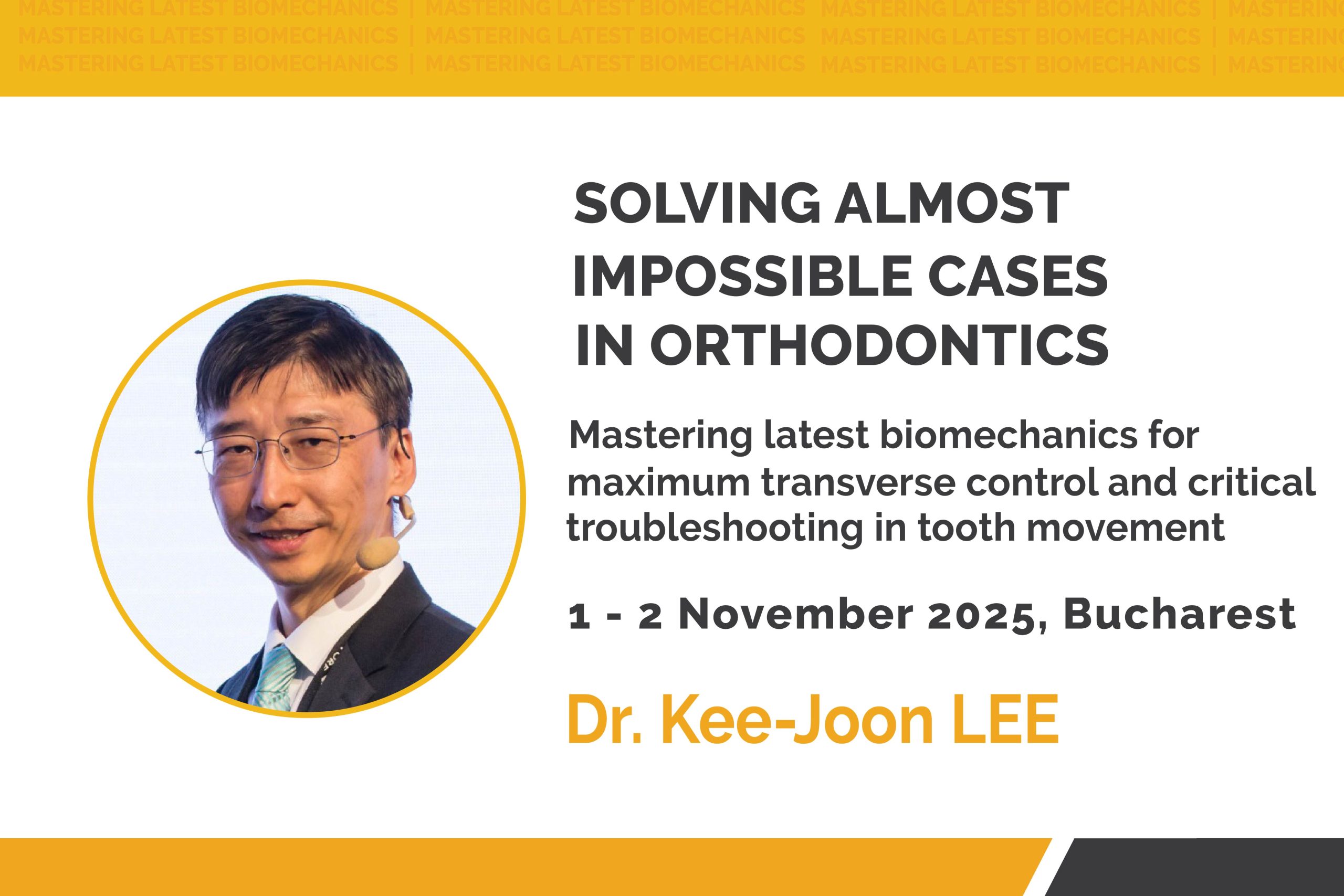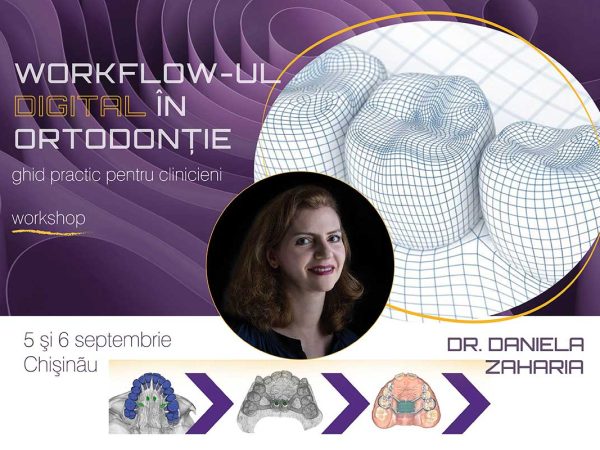Description
Mastering latest biomechanics for maximum transverse control and critical troubleshooting in tooth movement
- DAY 1 Latest updates of MARPE biomechanics for maximum success
Transverse discrepancy is not easily recognized by the patient and the orthodontic envelope of discrepancy is reportedly narrow in the transverse direction, which is why surgically assisted palatal expansion is recommended for the correction of maxillary transverse deficiencies in grown-up patients. However, in case of transverse deficiencies, the timing and modality for the transverse correction is often questioned. The validity of either surgical or nonsurgical treatment possibilities need to be discussed based on the following aspects.
• Is the MARPE a must for orthopedic expansion in adults? Can regular RPE split the suture?
• If yes, then why bother to use MARPE, using additional miniscrews?
• Again, why MARPE, not bone-borne RPE?
• How about the stability after MARPE?
• What is the success rate of suture separation? What are the solutions for possible non-separation?
• Does failure of separation mean SARPE? If not, what is in-between?
• What is the expansion protocol? ‘rapid for adult’ and ‘slow for child’? Or the opposite?
• In case of nonseparation, more rapid or more slow expansion?
• RPE for children vs MARPE for adults? Or the opposite?
- DAY 2 Critical troubleshooting for ‘mission impossible cases’: ankyloses, root resorption, periodontal breakdown and more
There are cases where there is no solution no matter how hard orthodontic treatment has been done such as ankyloses, root resorption and periodontal breakdown. Individual methods have to be established not by clinical trial but by deductive reasoning based on biological evidence. In addition, we need to establish an optimized treatment plan according to the patient’s age and other conditions. We will disclose the blue ocean of orthodontic treatment through many cases treated through biomechanical reverse speculation.
• How on earth do we treat ankylosed tooth?
• How to detect ankyloses?
• Why early detection is important?
• Why root resorption?
• What to do in short-rooted cases?
• What to do for periodontally compromised cases?
• Why noninvasive approach for maximum orthopedic correction?


